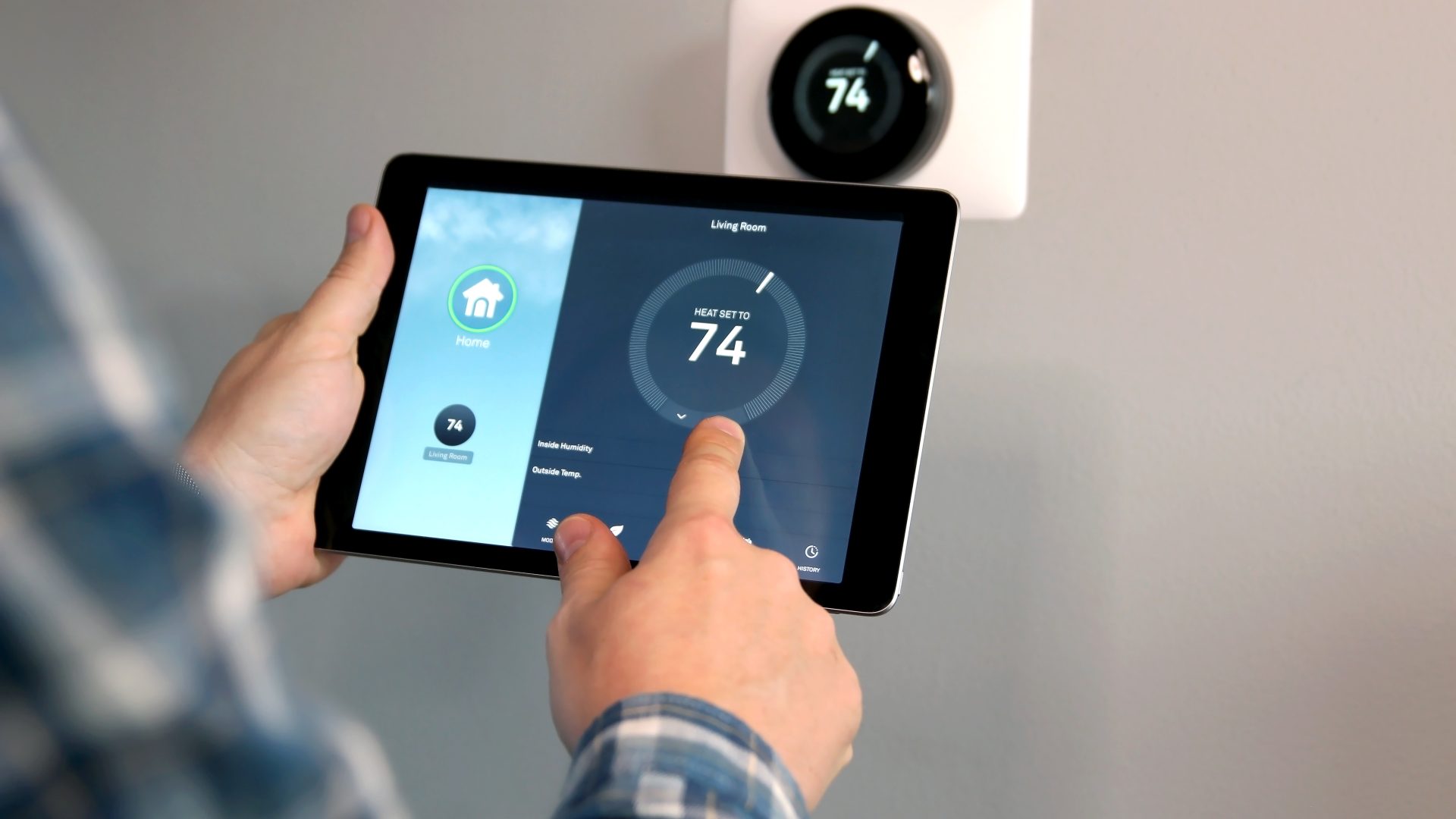Introduction to the Refrigerant Cycle
The refrigerant cycle is essential for operating heating, ventilation, and air conditioning (HVAC) systems, which are crucial in controlling the climate of buildings and structures. This system is integral to devices like air conditioners, heat pumps, and refrigerators, as it regulates air temperature through heat transfer.
The Initial Stage: Compression
The refrigerant cycle begins when the refrigerant enters the compressor. Here, the compressor increases the refrigerant’s pressure and temperature, transforming it into a hot, high-pressure substance primed for the next cycle phase.
Heat Release: The Condenser
After compression, the refrigerant moves to the condenser. In this stage, the refrigerant releases previously absorbed heat to the outside environment. Consequently, the refrigerant cools down but remains at high pressure as it progresses to the expansion valve.
Pressure Reduction: The Expansion Valve
At the expansion valve, the refrigerant experiences a significant drop in pressure due to expansion. This pressure reduction cools the refrigerant further, preparing it to absorb heat in the upcoming stage.
Absorbing Heat: The Evaporator
The now cool, low-pressure refrigerant enters the evaporator, where heat absorption is needed, such as inside a building. The refrigerant absorbs heat from the interior air, causing the air to cool and the refrigerant to warm up. This process also reduces humidity, as cooler air holds less moisture.
Completion of the Cycle: Returning to the Compressor
Having absorbed heat, the warm, low-pressure refrigerant returns to the compressor, completing one refrigerant cycle. This closed-loop system continually repeats the process to maintain a stable temperature within the serviced space.
Ensuring Consistent Operation
The perpetual circulation of refrigerant allows the HVAC system to maintain consistent indoor temperatures by either dissipating excess heat or providing necessary warmth. The efficiency of this system depends on the design of HVAC components and the specific properties of the refrigerant used.
Maintenance for Efficiency
Regular maintenance and servicing are crucial for an HVAC system to function efficiently. Proper upkeep ensures the system operates correctly, conserves energy, and extends its lifespan.
Conclusion
In summary, the refrigerant cycle is a brilliant process that forms the backbone of modern climate control systems. It ensures you can enjoy a comfortable ambient temperature regardless of external weather conditions.
D-N-D Services Heating & Air Conditioning is the premier choice for HVAC services in Rockwall. With a team of highly trained and certified technicians, we have the expertise to handle all of your heating, ventilation, and air conditioning needs. Our commitment to customer satisfaction is unmatched, and we always go above and beyond to ensure that your experience with us is positive. We use only the highest quality parts and equipment to ensure that your HVAC system is running at peak performance. Plus, we offer competitive pricing and flexible scheduling to fit your needs. Choose D-N-D Services Heating & Air Conditioning for all of your HVAC needs in Rockwall.
